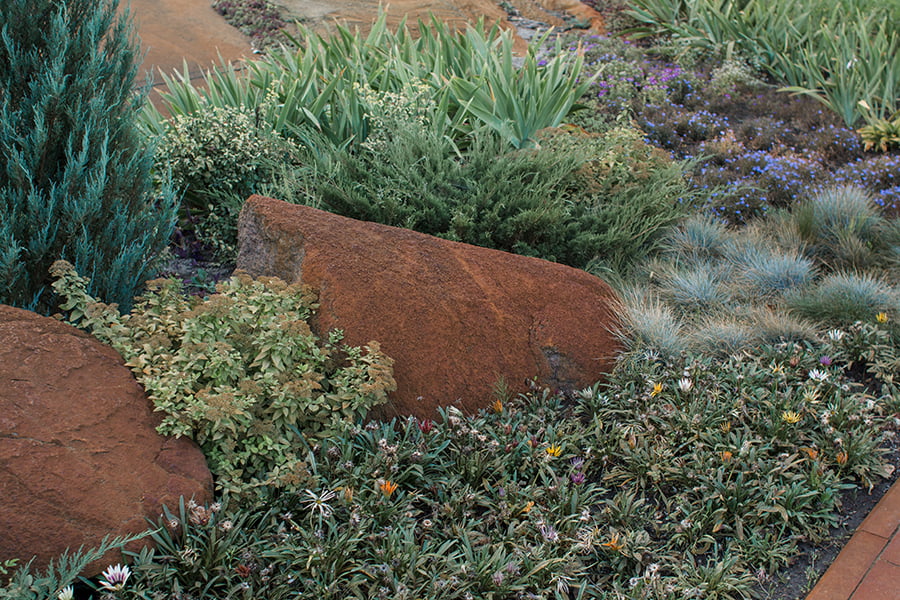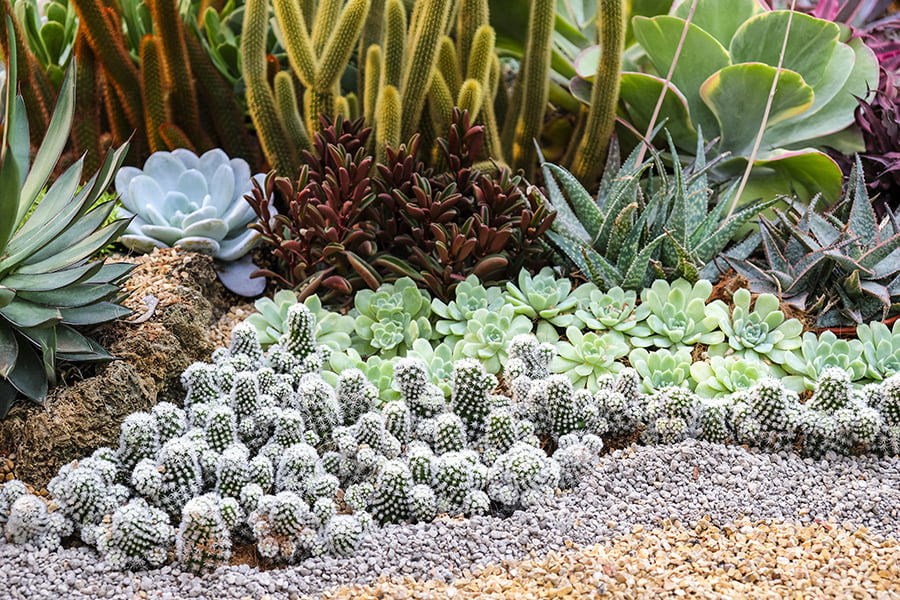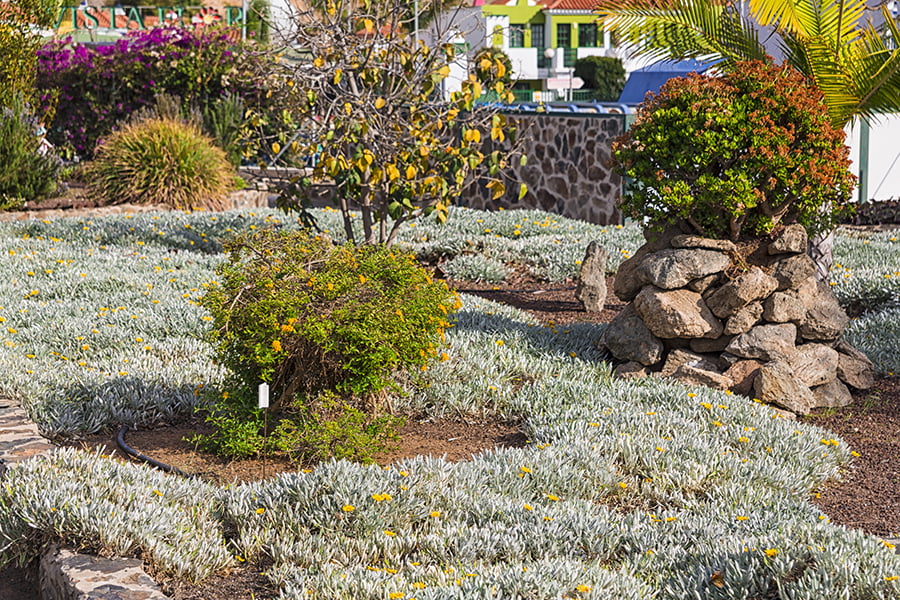Looking for a low-maintenance way to landscape your yard and conserve water? Learn how to xeriscape with rocks in this informative guide.
Welcome to our guide on how to xeriscape with rocks! Xeriscaping is a landscaping technique that involves using plants and materials that require minimal water. This not only saves water but also reduces maintenance efforts and costs.
Incorporating rocks into your xeriscape design can add a unique aesthetic appeal while also serving practical purposes such as erosion control and weed suppression. In this article, we’ll cover everything you need to know about xeriscaping with rocks, from selecting the right type of rock to designing a beautiful and sustainable landscape.
So let’s get started!
Xeriscape Basics

Xeriscaping is a landscaping technique that involves using plants and materials that require minimal water. This method of gardening has become increasingly popular in recent years, especially in areas with limited water resources or drought-prone regions.
Xeriscaping can be done with a variety of materials, but rocks are an excellent choice due to their durability and low maintenance requirements.
To get started on your xeriscape project, it’s essential to understand the basics of this type of landscaping. The first step is to assess your site’s conditions such as soil type, sun exposure, wind patterns and rainfall amounts.
This information will help you determine which plants will thrive in your area while also considering how much water they need.
Once you have assessed the site conditions for xeriscape design planning purposes; it’s time to select appropriate rock types for use within the landscape design plan (as we’ll discuss further below). With careful selection and placement techniques combined with proper plant choices – creating beautiful sustainable landscapes becomes possible!
Rock Selection

The right type of rock can add texture, color, and contrast to your landscape while also serving practical purposes such as erosion control and weed suppression.
When selecting rocks for your xeriscape design, consider the size, shape, color scheme of the surrounding area as well as the overall aesthetic you want to achieve.
Some popular types of rocks used in xeriscaping include river rock (smooth stones that come in various sizes), lava rock (porous volcanic stone that comes in shades ranging from black to red), flagstone (flat slabs used for pathways or patios) and boulders (large stones used for focal points). It’s important to choose locally sourced materials whenever possible since they will blend better with the natural surroundings.
In addition to aesthetics considerations when choosing rocks it’s essential also think about their functional role within your landscape design.
For example: smaller pebbles are great at suppressing weeds but may not be suitable if you have pets who like digging holes; larger boulders can provide excellent erosion control but may require heavy machinery during installation.
By taking into account both form and function when selecting rocks for your xeriscape project you’ll ensure a beautiful yet sustainable outdoor space that requires minimal maintenance efforts!
Design Planning
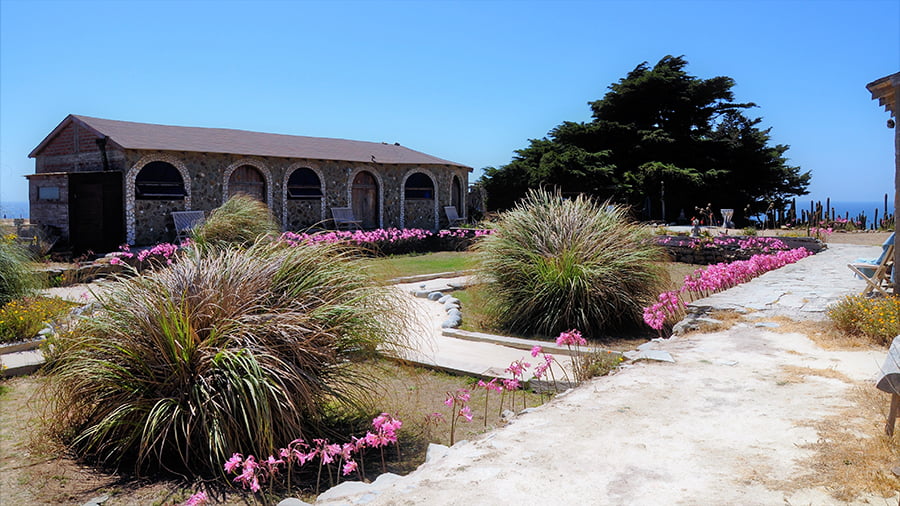
Design planning is a crucial step in creating a successful xeriscape with rocks. Before you start placing rocks and plants, it’s important to have a clear idea of what you want your landscape to look like.
Consider the size and shape of your yard, as well as any existing features such as trees or structures that may impact the design.
One approach is to create zones within your landscape based on water needs. For example, areas near the house or patio may require more water for plants that need regular watering while other areas can be designated for drought-tolerant plants.
Another consideration when designing with rocks is their placement and arrangement. Rocks can be used strategically to create visual interest by varying sizes, shapes, colors and textures throughout the space.
By taking time during this planning phase before starting work on your xeriscape project will help ensure success in achieving an aesthetically pleasing yet sustainable outdoor space that requires minimal maintenance efforts over time!
Soil Preparation
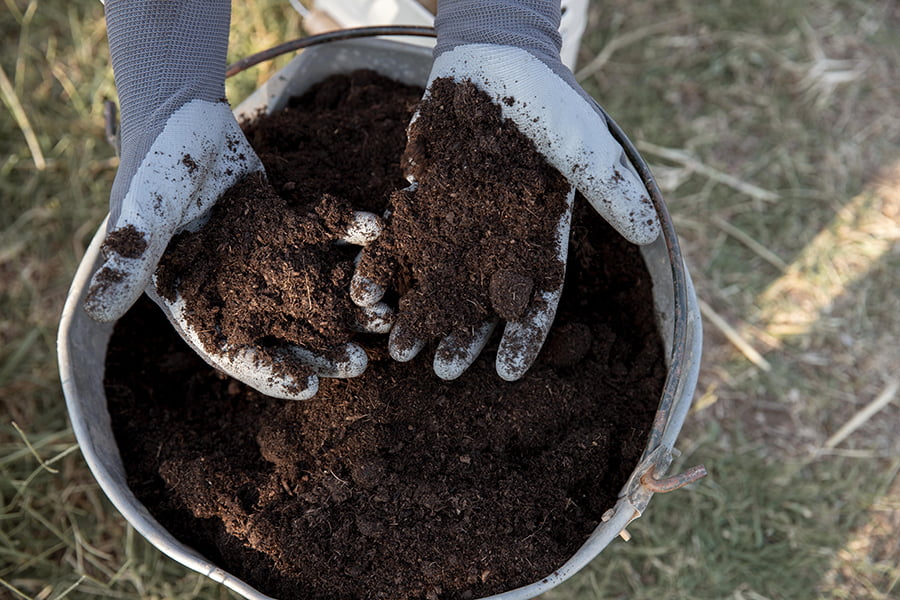
Soil preparation is a crucial step in xeriscaping with rocks. Before you start placing rocks and plants, it’s essential to ensure that the soil is healthy and ready to support your landscape.
The first thing you need to do is remove any existing grass or weeds from the area where you plan on creating your xeriscape garden.
Once the area has been cleared, it’s time to amend the soil. Xeriscaping requires well-draining soil that can hold moisture for extended periods without becoming waterlogged.
You can improve drainage by adding organic matter such as compost or aged manure into your native soil.
It’s also important to test your soil pH levels before planting anything in it since different plants thrive at different pH levels. Most desert-adapted plants prefer slightly acidic soils with a pH range of 6-7.
By taking these steps during Soil Preparation, you’ll create an ideal environment for rock placement and plant growth while minimizing water usage throughout its lifetime!
Plant Choices

When selecting plants for your landscape, it’s important to choose those that are drought-tolerant and can thrive in rocky soil conditions.
Native plants are an excellent choice as they have adapted to the local climate and require minimal water once established.
Some popular options for xeriscape gardens include succulents, cacti, ornamental grasses, and wildflowers. These plants not only add color and texture but also attract pollinators such as bees and butterflies.
When designing your landscape, consider grouping together plants with similar water needs in specific zones or microclimates within your yard. This will help you optimize irrigation efforts while creating a visually appealing design.
Remember that plant selection is just one piece of the puzzle when it comes to xeriscaping with rocks – proper placement of rocks can also play a significant role in conserving water while enhancing the overall look of your garden!
Rock Placement
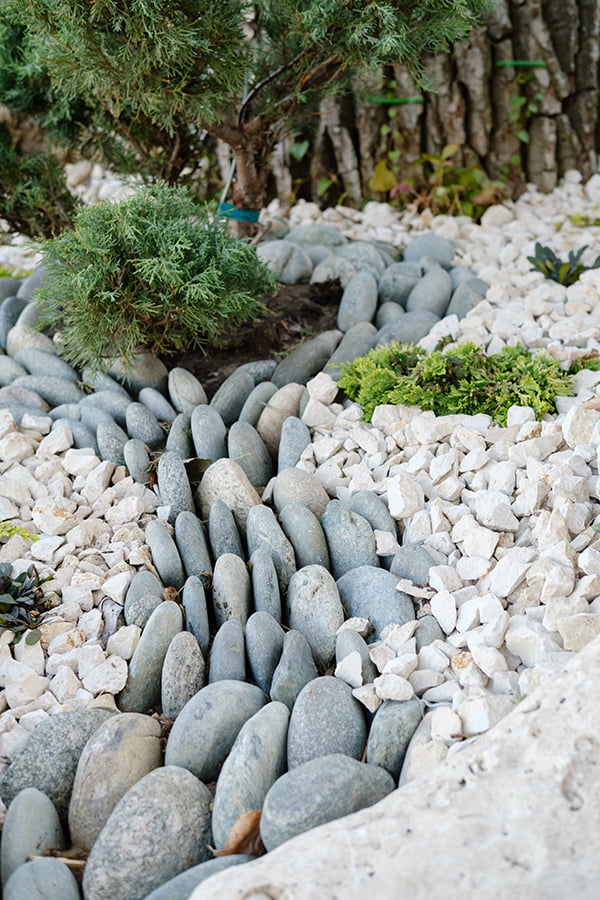
Once you have selected the right type of rocks for your xeriscape design, it’s time to start placing them. The placement of rocks can make or break the overall look and feel of your landscape.
One important thing to keep in mind is that natural-looking rock arrangements are key to a successful xeriscape design.
Start by placing larger boulders first, as they will serve as anchor points for smaller rocks and plants. Place them strategically throughout the landscape, creating focal points or visual interest along pathways or near water features.
Next, add medium-sized stones around these anchor points while leaving enough space between each rock so that plants can be added later on. Fill in any gaps with small pebbles or gravel.
When arranging your rocks consider their color and texture; try mixing different types together for an interesting contrast effect. Also remember not to overdo it – too many large boulders may create a cluttered appearance while too few may leave empty spaces looking unbalanced.
By following these tips on rock placement you’ll be able to create a beautiful and sustainable xeriscape garden that requires minimal maintenance efforts!
Irrigation Techniques
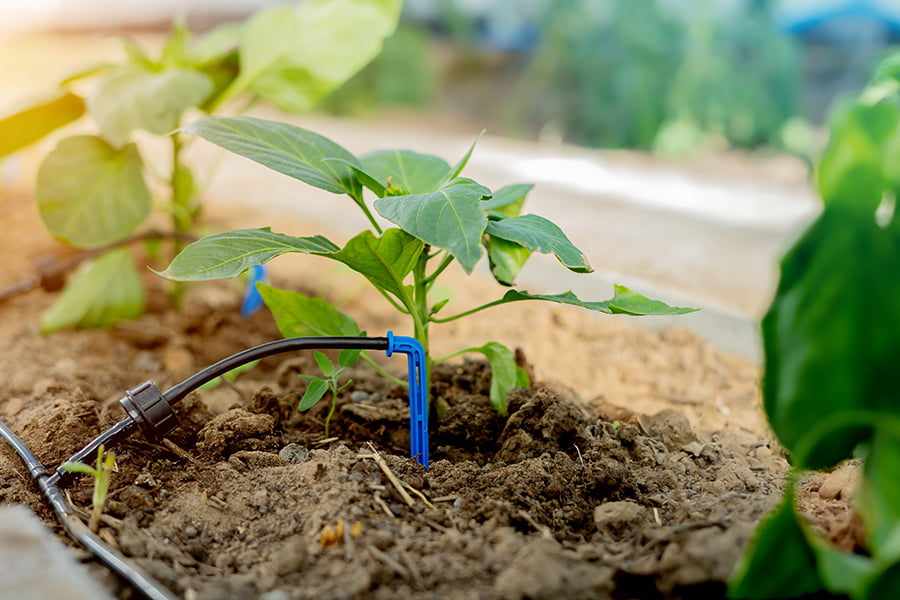
Irrigation is a crucial aspect of xeriscaping with rocks. While the goal is to minimize water usage, plants still need adequate moisture to thrive.
Drip irrigation systems are an excellent choice for xeriscape gardens as they deliver water directly to the roots, reducing evaporation and runoff. Another option is using rainwater harvesting techniques such as installing rain barrels or cisterns that collect and store rainfall for later use in your garden.
Mulching around plants can also help retain moisture in the soil while suppressing weeds at the same time.
When designing your irrigation system, consider grouping plants with similar watering needs together so that you can adjust watering schedules accordingly without over or under-watering any particular plant species.
By implementing these efficient irrigation techniques into your rock-based xeriscape design, you’ll be able to maintain a beautiful and sustainable landscape while conserving precious resources like water!
